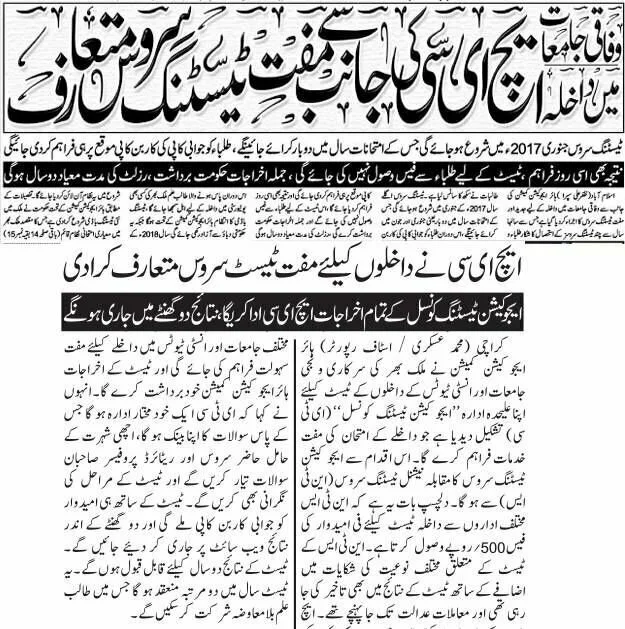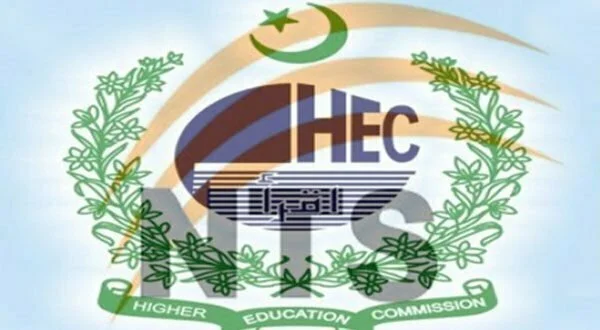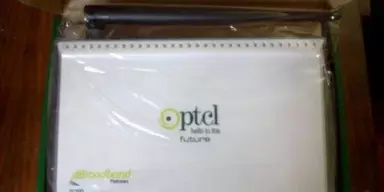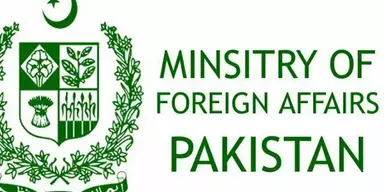The Higher Education Commission of Pakistan with the aim of making the process of admission effective at zero rate fees is going to launch its own entry testing service. The service will be launched from January 2017.
At the first stage, this testing service will be launched for the admission in federal universities. Meanwhile, a test conducting body has been already established by the HEC. The HEC will pay the expenses of the test. Two tests will be held each year and the result of the text will be valid for two years from the date of passing the test.
At first stage test will be conducted for undergraduate admissions in public and private federal universities. Later on MPhil, Ph.D. and scholarship students will be provided with the same scheme.
The test will be based on the ongoing testing system of National Testing Service (NTS). It worth to mention here that the HEC Education Testing Council will organise the entry test for those seeking admission in the other part of the countries except Islamabad as well. At the first stage, entry test service will be only for securing admission in the public and private federal universities.

Education Testing Council will be entirely an autonomous body. Senior professors will control the ETC and prepare the question banks and regulate the testing procedure. In addition to answering copy, students will be provided by carbon answer copy as well, and the result of the test will be announced within two hours of the test. The result will be valid for two years. The test will be held two times in each year, and the student will be allowed to join free this test. Right after the Islamabad, same policies will be applicable for the admission in rest of the universities.
Commenting over the objectives of the ETC, Dr. Mukhtar Ahmed said, “The ETC will arrange a standardized entry test for university admissions, for which the respective university will determine weightage of the test. The test will be free for all students desirous of taking admission in public and private universities.”















